Introduction
Artificial Intelligence (AI) has changed the way we create, communicate, and consume information. From writing essays to generating marketing copy, AI tools like ChatGPT, Jasper, and Bard are revolutionizing content creation. But with this rise comes the need for AI detectors—specialized tools designed to identify whether a piece of text, image, or even code was generated by a human or a machine.
In 2025, the demand for AI detectors is higher than ever, particularly in education, publishing, and business sectors where authenticity and originality matter. But how do these detectors work, what are their limitations, and how can we use them responsibly? Let’s dive deep into everything you need to know.

What is an AI Detector?
An AI detector is a software tool designed to determine whether content was created by artificial intelligence. It scans text, images, or code for patterns that reveal the “fingerprint” of AI generation.
- Text-based AI detectors analyze essays, articles, and blog posts.
- Image-based AI detectors evaluate whether pictures were made by AI art generators.
- Code-based AI detectors check if programming scripts were written by humans or AI models.
The primary goal of these detectors is not to discourage AI usage but to ensure transparency, authenticity, and accountability.
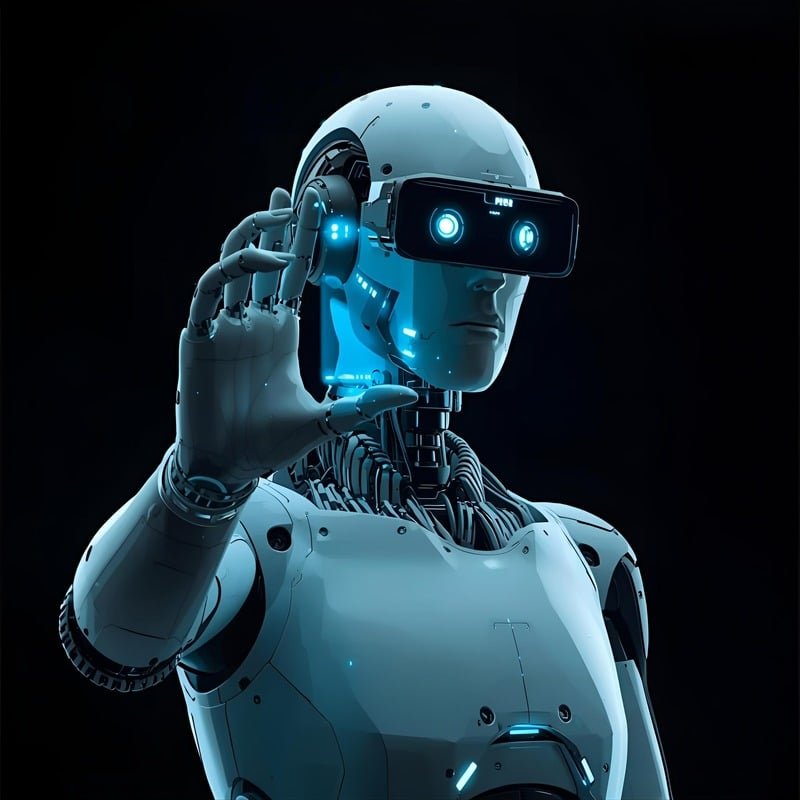
How AI Detectors Work
Ever wondered how an AI detector actually “knows” something was machine-written? It comes down to algorithms and linguistic analysis.
- Natural Language Processing (NLP): Detectors break down sentences, analyze word choices, and check for unnatural patterns.
- Machine Learning Models: They are trained on large datasets of both human-written and AI-generated content. This helps them “learn” the subtle differences.
- Key Indicators:
- Overly uniform sentence structure
- Lack of personal anecdotes or emotions
- Repetitive phrasing
- Statistical probability of word combinations
For instance, while humans often write with bursts of creativity, metaphors, and occasional inconsistencies, AI tends to maintain a smooth but predictable rhythm. Detectors pick up on this.

Popular AI Detectors in 2025
Several tools dominate the AI detection landscape today:
- GPTZero – Originally designed for educators, it has become one of the most trusted detectors for academic use.
- Originality.ai – A favorite among SEO professionals and content creators, offering plagiarism + AI detection in one package.
- Copyleaks AI Detector – Widely used in publishing industries due to its high accuracy and multiple integrations.
- Turnitin AI Detection – Integrated into the world’s most popular plagiarism detection tool, Turnitin now helps teachers identify AI-generated essays.
When comparing these tools, accuracy varies, but each offers unique features depending on the user’s needs.
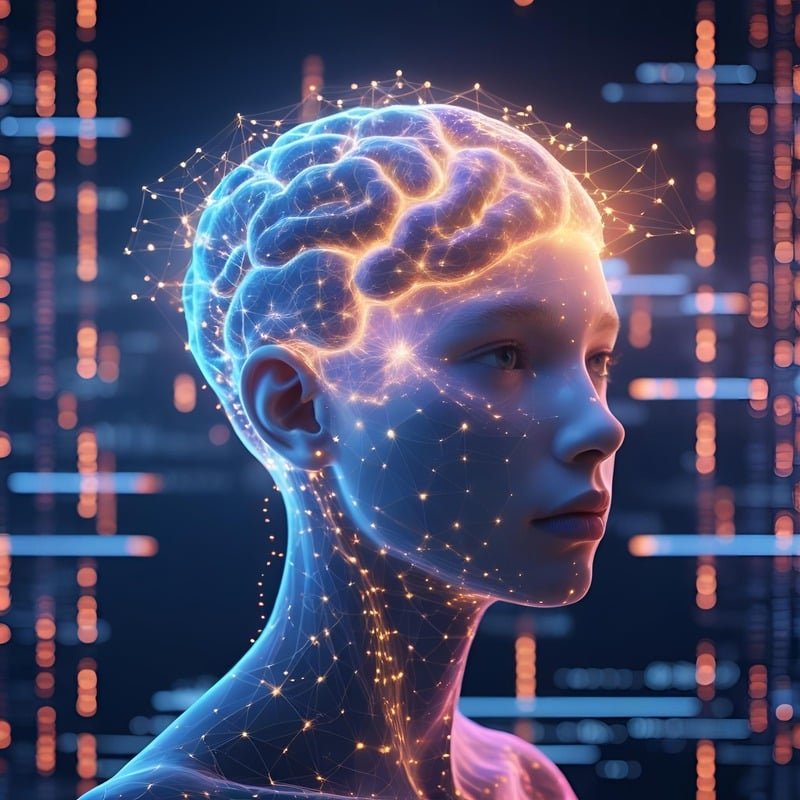
Benefits of Using an AI Detector
The advantages of AI detectors differ depending on who is using them:
- Students and Educators: Help maintain academic integrity by ensuring assignments are genuinely written by students.
- Content Writers and Bloggers: Confirm originality and build trust with their readers.
- Businesses: Ensure marketing content, reports, and proposals maintain credibility.
- Publishers and Journalists: Verify authenticity before publishing critical articles.
In short, AI detectors provide an added layer of confidence in the authenticity of content.
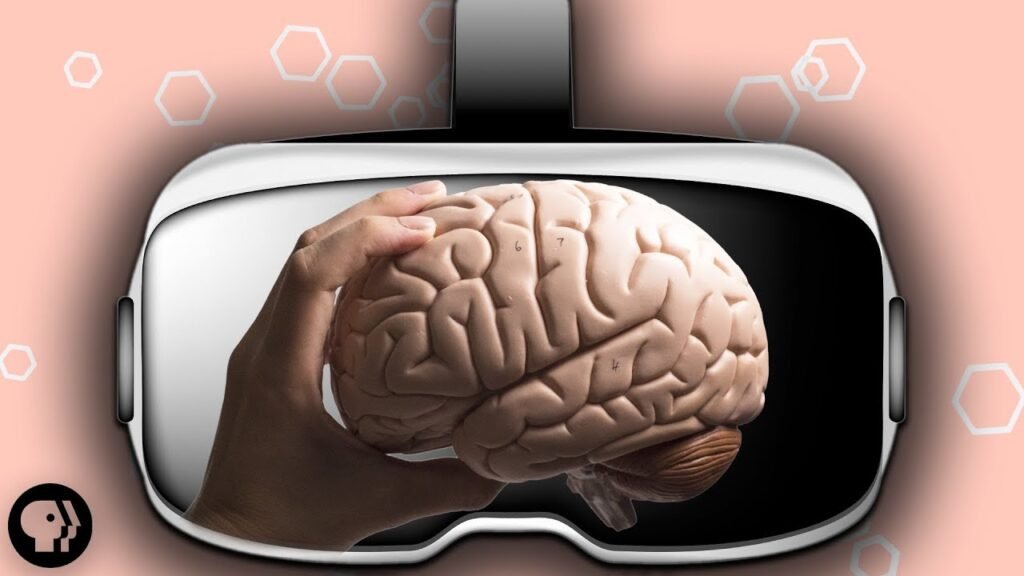
Limitations of AI Detectors
Like all technologies, AI detectors are not flawless.
- False Positives: Sometimes, original human-written work is mistakenly flagged as AI-generated.
- False Negatives: Cleverly edited AI content can pass as human-written.
- Hybrid Content Challenges: If a student edits AI-generated text, detectors may struggle to classify it.
- Ethical Issues: Over-reliance on detectors can lead to distrust between teachers, employers, and creators.
These limitations highlight the importance of using detectors as guidelines, not absolute truth.
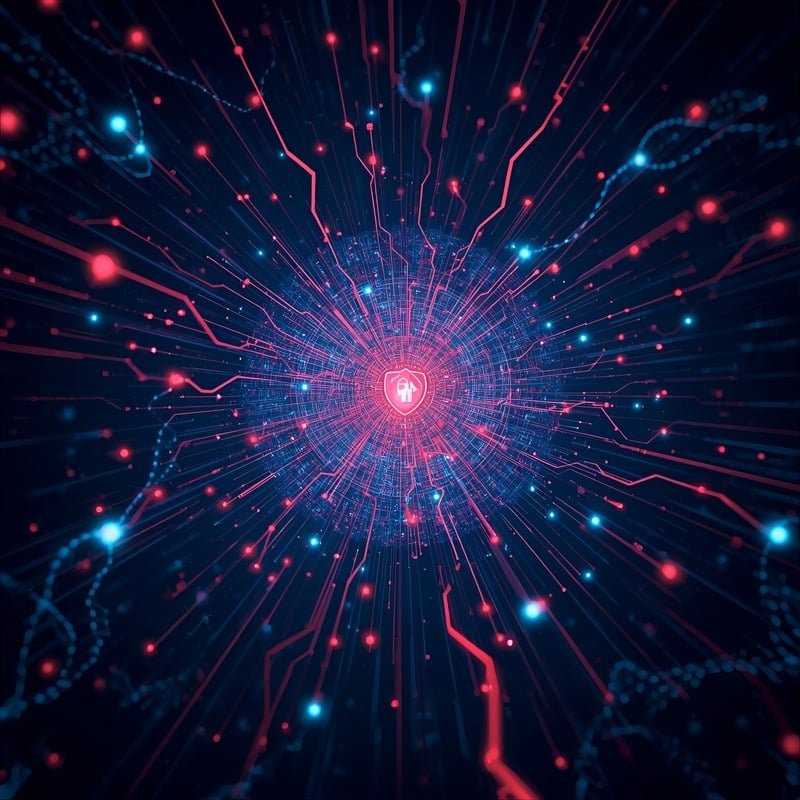
How to Bypass or Fool AI Detectors (And Why You Shouldn’t)
Yes, people try to “trick” detectors by paraphrasing AI content, adding slang, or inserting errors. However, bypassing AI detectors comes with risks:
- It can lead to accusations of dishonesty.
- Over-editing reduces the clarity of writing.
- Ethical concerns arise, especially in academics and journalism.
Instead of asking, “How can I beat an AI detector?” the better question is, “How can I responsibly use AI tools?”
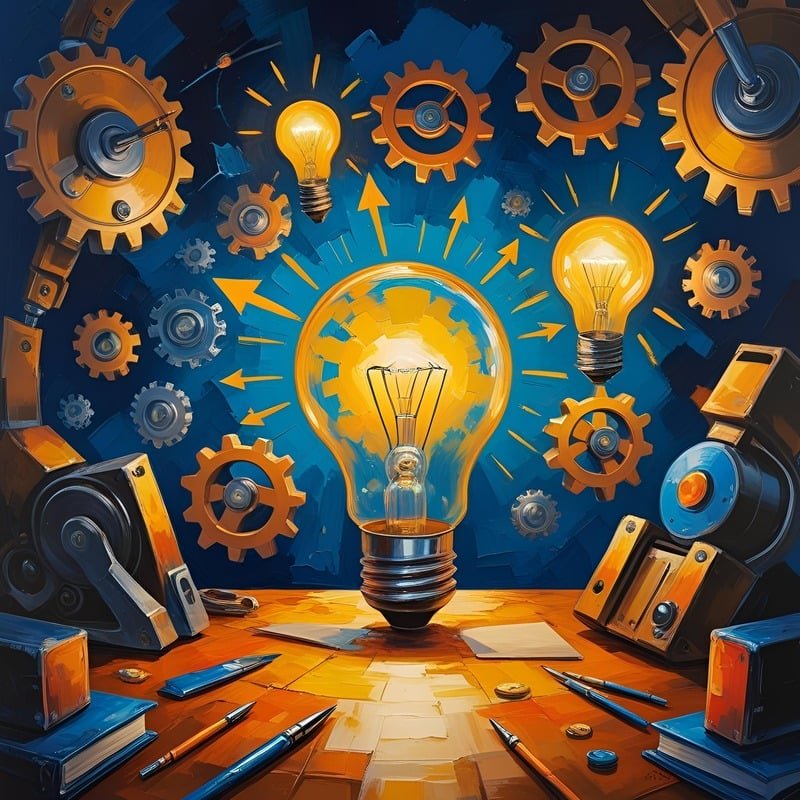
Practical Guide: Using AI Detectors Effectively
Here’s how you can get the most out of these tools depending on your role:
For Students
- Write drafts yourself and use AI detectors to double-check.
- If flagged, revise with more personal examples and unique thoughts.
- Don’t rely solely on AI writing tools—balance is key.
For Professional Writers
- Run articles through multiple detectors before publishing.
- Combine AI-generated outlines with your own unique style.
- Always add personal experiences, humor, or case studies—detectors can’t fake these well.
For Businesses
- Test marketing copy with AI detectors to avoid reputational risks.
- Use detectors to ensure employee-submitted reports are authentic.
- Incorporate detectors into editorial workflows for consistency.

The Future of AI Detectors
Looking ahead, AI detectors will only become more sophisticated. Expect:
- Real-time detection tools built into writing software.
- Cross-format detection for images, videos, and even music.
- Better integration with platforms like Google Docs, Microsoft Word, and CMS systems.
As AI writing becomes more human-like, detectors must evolve to stay ahead. The future will likely involve a balance between human creativity and AI assistance.

Conclusion
AI detectors have become an essential part of our digital world, bridging the gap between authentic human expression and machine-generated efficiency. While they aren’t perfect, they serve as a critical safeguard for maintaining integrity across education, business, and media. Instead of fearing them—or trying to beat them—we should use them as allies in fostering creativity, honesty, and trust.
FAQs
Are AI detectors always accurate?
No, they can sometimes flag genuine work as AI-written or miss AI content entirely.
Can AI detectors detect ChatGPT-generated content?
Yes, but accuracy depends on the version of ChatGPT and how much the text has been edited.
Do AI detectors work for images and videos?
Some advanced tools do, but most focus on text detection for now.
What is the best AI detector for students?
GPTZero and Turnitin are highly recommended in educational settings.
How will AI detectors evolve in the future?
Expect them to expand beyond text, integrate into more platforms, and become smarter as AI itself advances.

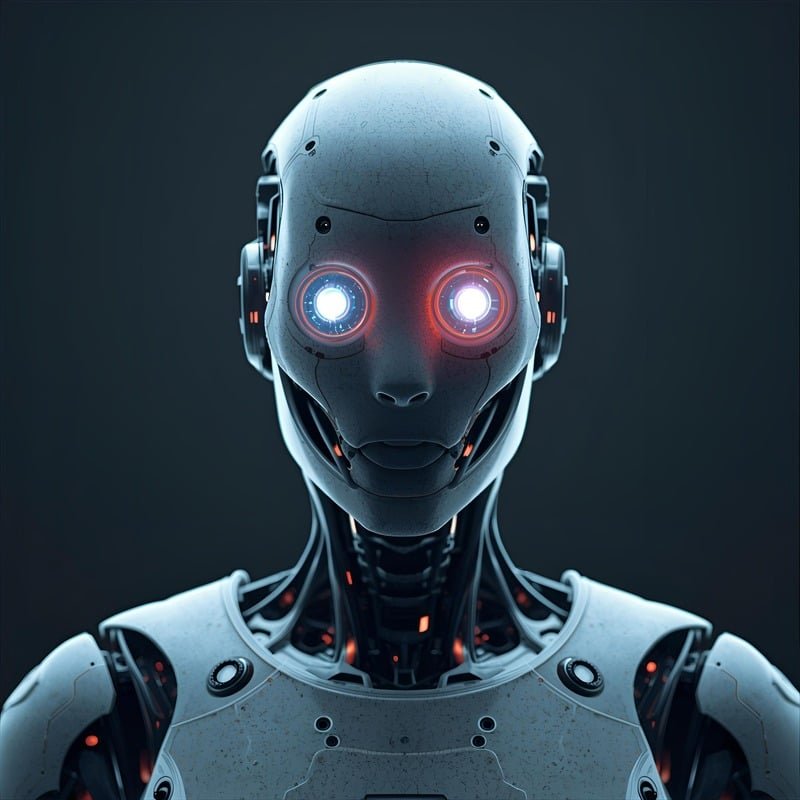


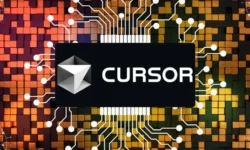
I have recently started a site, the info you offer on this website has helped me greatly. Thank you for all of your time & work.